‘Contemporary Visions’ – WOOLWORTHS PRESENTS #STYLEBYSA WITH KENEILWE MOTHOA AND LUBABALO MXALISA
Woolworths’ collaborative campaign series, #STYLEBYSA, continues its vision to connect us with some of South Africa’s leading creative forces. With conceptual brilliance and portrayals of the power inherent in personal style, #STYLEBYSA is a reshaped iteration of the series ‘Style By SA’ that was launched in 2014: which redefined the possibility between a celebrated local brand and South African creatives, through authenticity and collaboration.
We are so ready to bid farewell to this very wet and cold winter season. While we’re grateful for the nurturing power of rain – it’s time to start thinking about our vision for the warmer months that beckon. The latest edition of #STYLEBYSA is a love letter to the endurance of denim as a fabric able to transcend seasons, as we enter August’s liminal space between winter and spring – and denim works hard to keep us warm, to help us dress playfully or refined, depending on our mood – and no matter the decade or trend cycle, denim is perennially cool and functional.
Joining #STYLEBYSA to envision the denim’s versatility is the brilliant and dynamic duo Keneilwe Mothoa and Lubabalo Mxalisa, the founders of ‘Neimil’ — a celebrated design brand focused on objects and homeware, fashion and textiles, that are bespoke to a new vision for Afro-futurist, contemporary design. Informed by minimal and clean lines with twists of organic shapes, and led by design philosophies of craft, Neimil is a distinct blend of multiple creative contexts inherent in South Africa, the continent at large and the 21st century.
Photography by Shann Daniels
For their self-styled campaign, Keneilwe and Lubabalo demonstrate that denim is the perfect canvas to build clean looks, while dispelling that ‘too much denim’ is never a thing. From Keneilwe’s masterful layering of denim skirts over jeans to Lubabalo’s mix of denim different shades and textures — the duo’s approach highlights the fabric’s adaptability for both menswear and womenswear, making it a staple for expressing individuality and personal style. When asked about the most versatile pieces in their wardrobes, Lubabalo says, “definitely denim, because denim is for all seasons,” and Keneilwe adds, “yes, and a basic white shirt!”
As designers who work seamlessly between interiors and fashion, Lubabalo notes that “we have always just kept it simple,” when it comes to translating their personal style to their homes, while Keneilwe shares that “every once in a while we switch it up and add bits and pieces of characters from our personal style into the home.” The Neimil approach reflects a holistic view of design, where the boundaries between different creative disciplines are fluid, unrestrained and interconnected.
Photography by Shann Daniels
Style is personal, and the experience of interacting with those who inspire us creatively as they dress and express their individuality is irreplaceable; #STYLEBYSA is about real people interpreting W Fashion through their own lens. Denim season is here and we’re thinking Canadian tuxedos, Keneilwe’s signature jeans and skirts, and all kinds of classic combinations punctuated by mixing and matching our accessories with denim hardware. Keneilwe and Lubabalo are leaders in shaping design philosophies for contemporary South Africa – and when partnered with Woolies? Suffice to say, we’re obsessed.
SHOP KENEILWE’S #STYLEBYSA EDIT HERE
SHOP LUBABALO’S #STYLEBYSA EDIT HERE
Written by: Holly Beaton
For more news, visit the Connect Everything Collective homepage www.ceconline.co.za

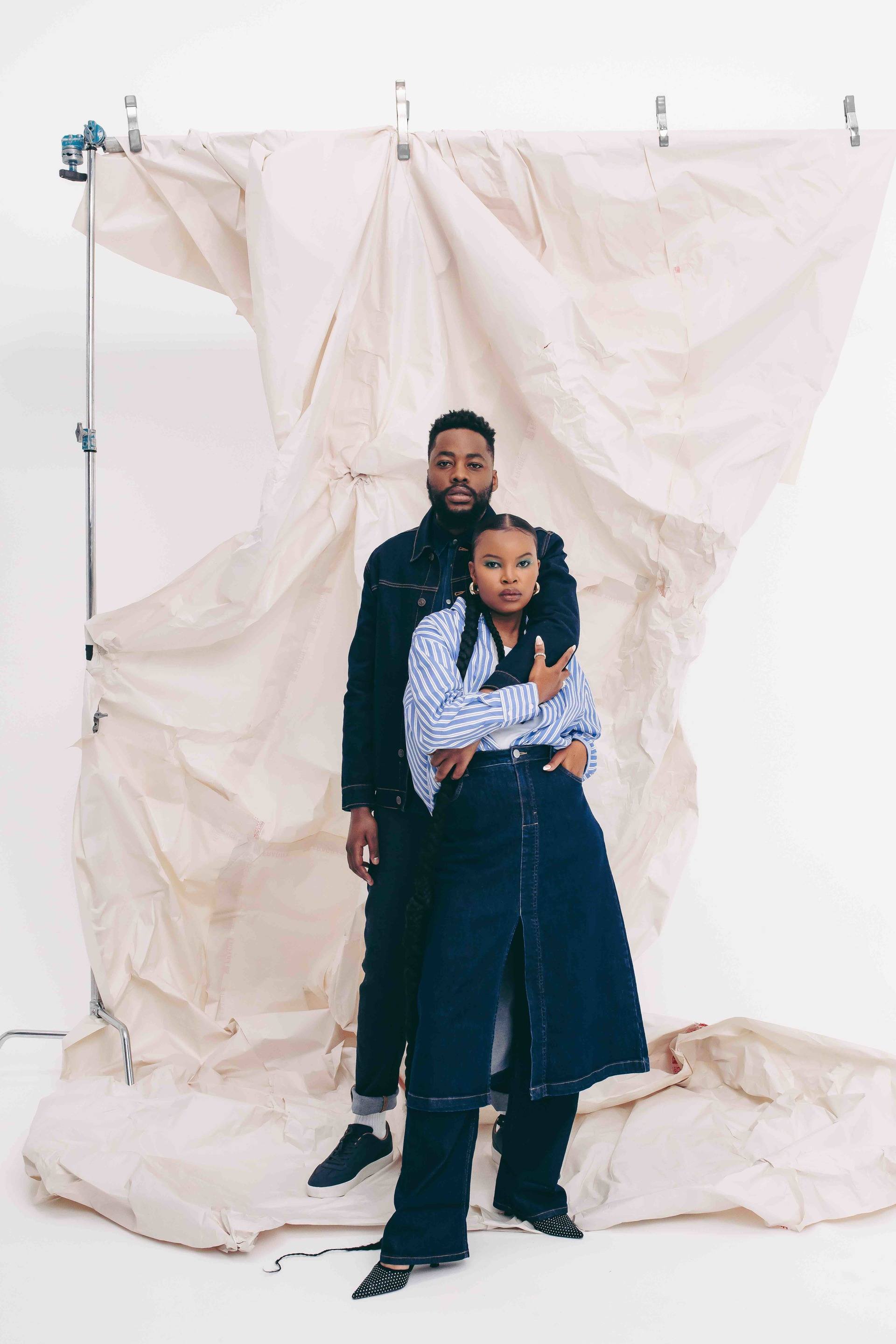

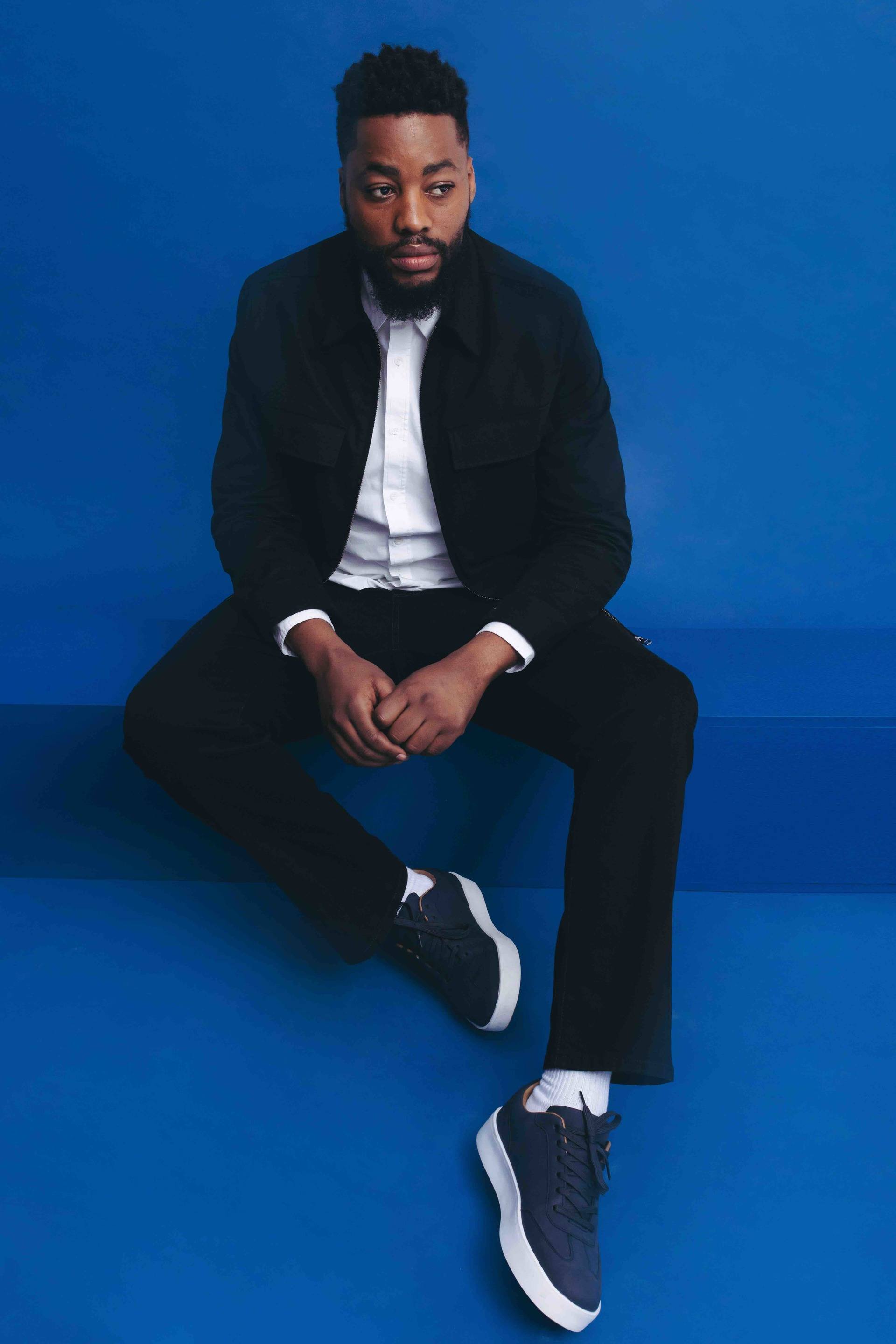
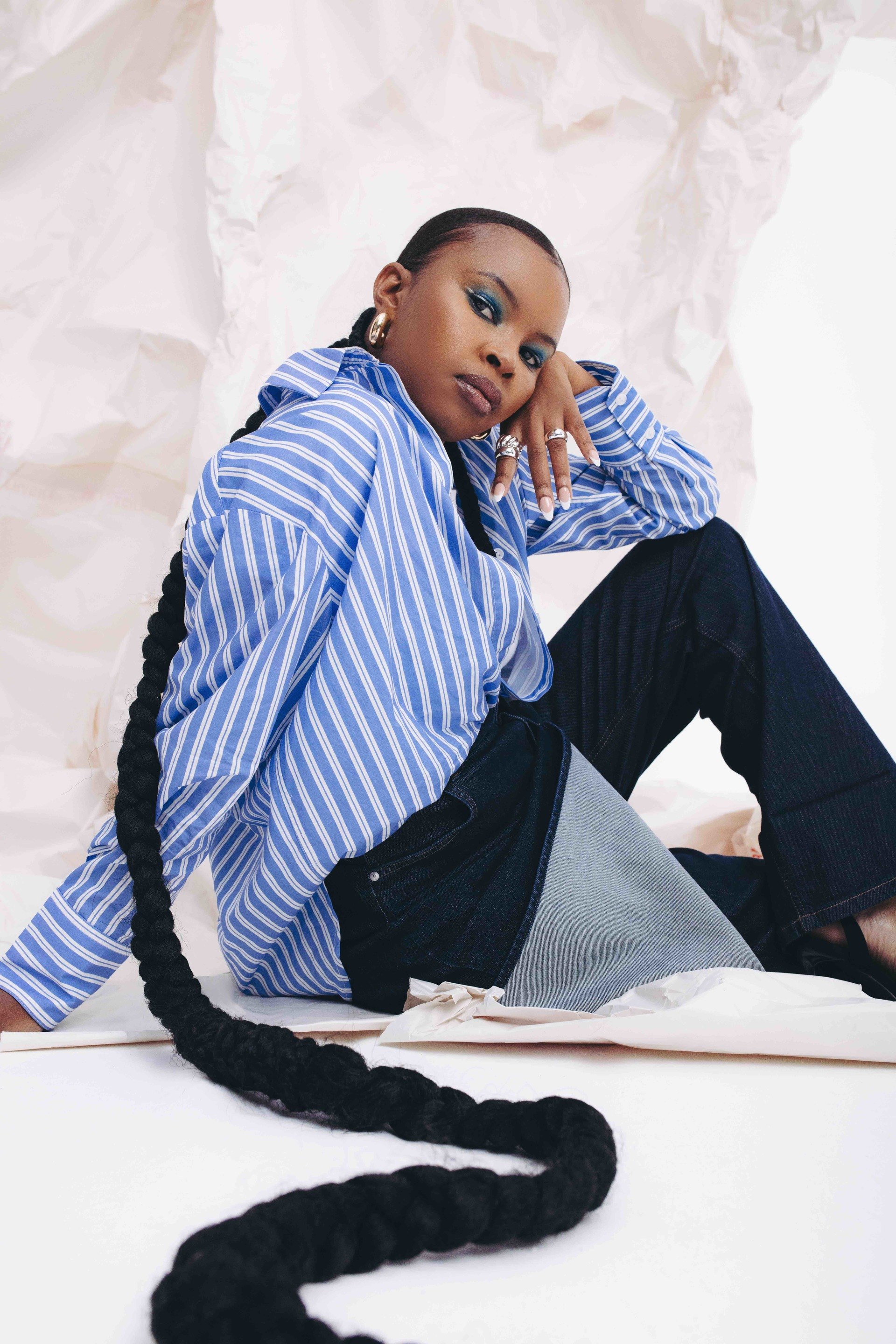
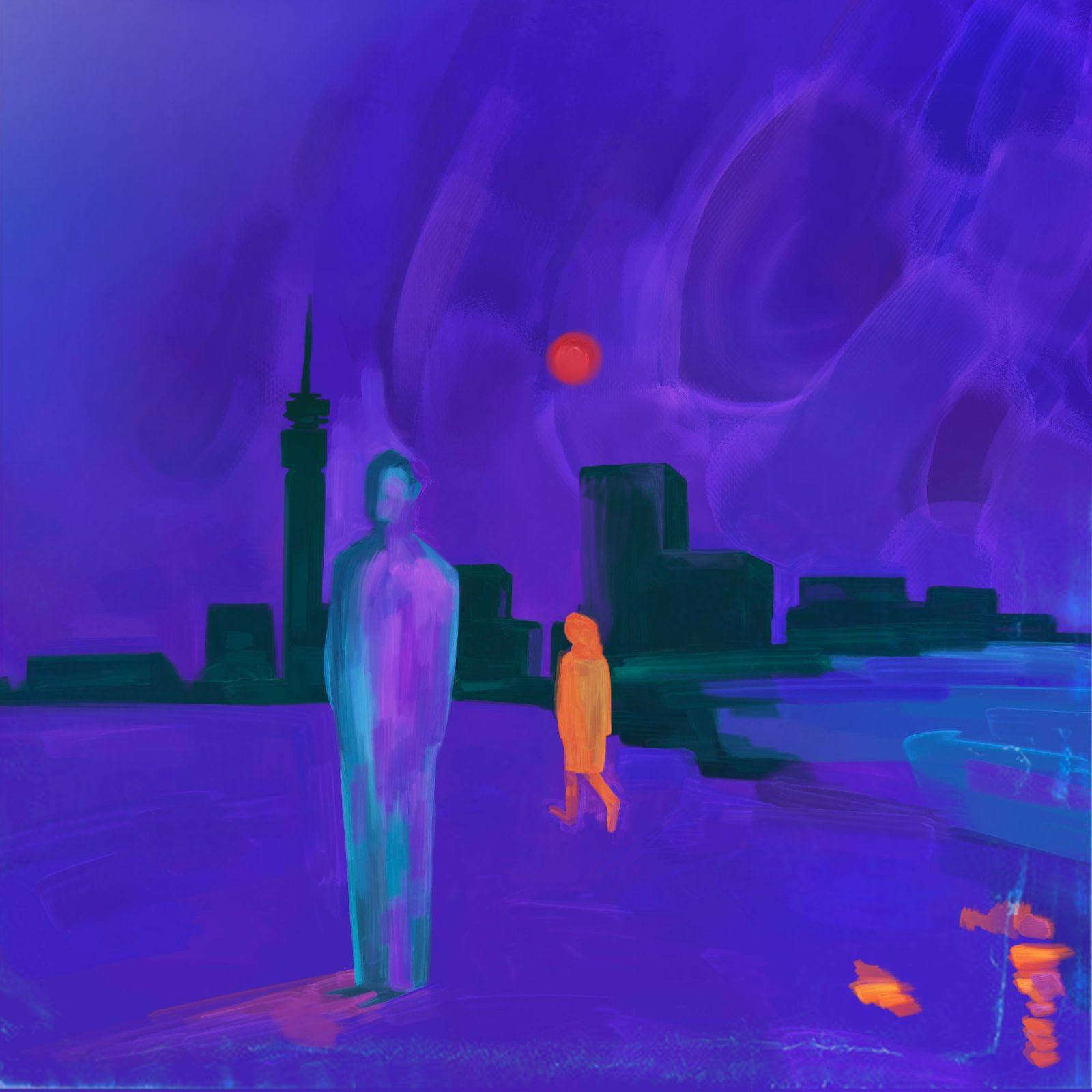

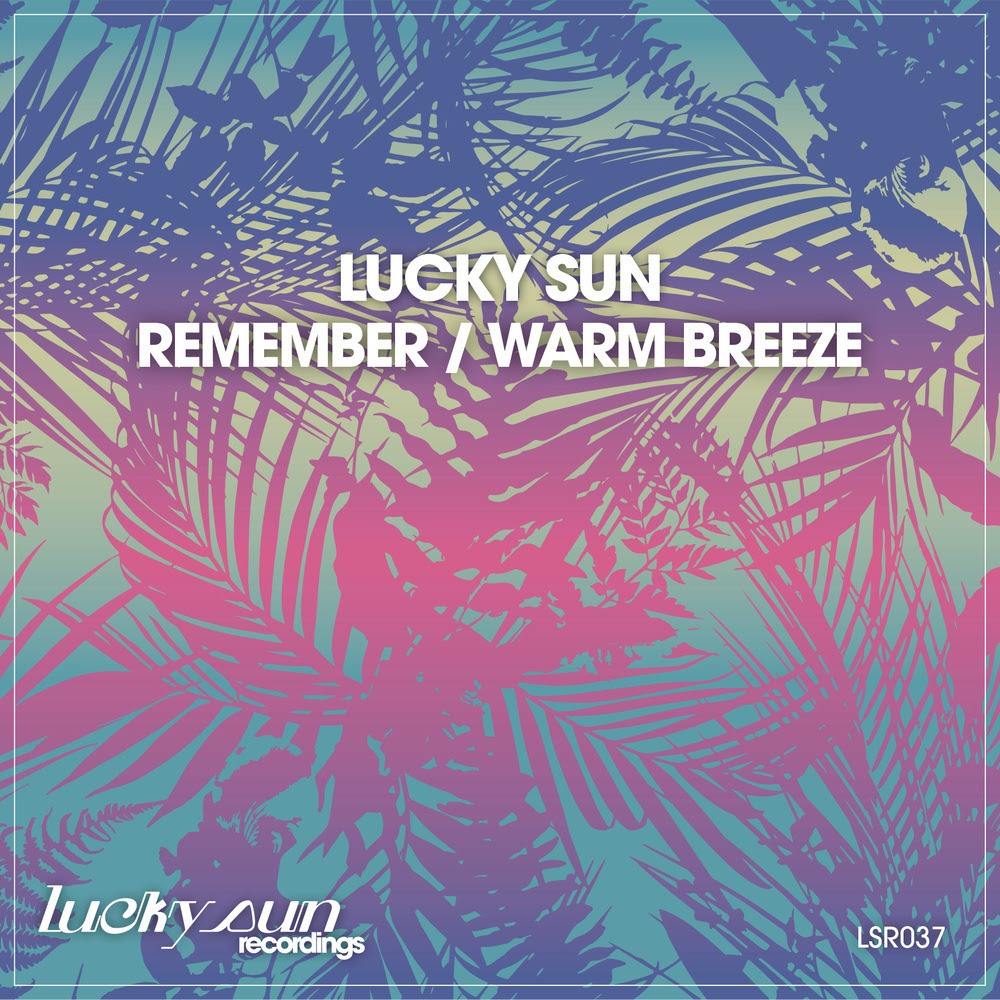
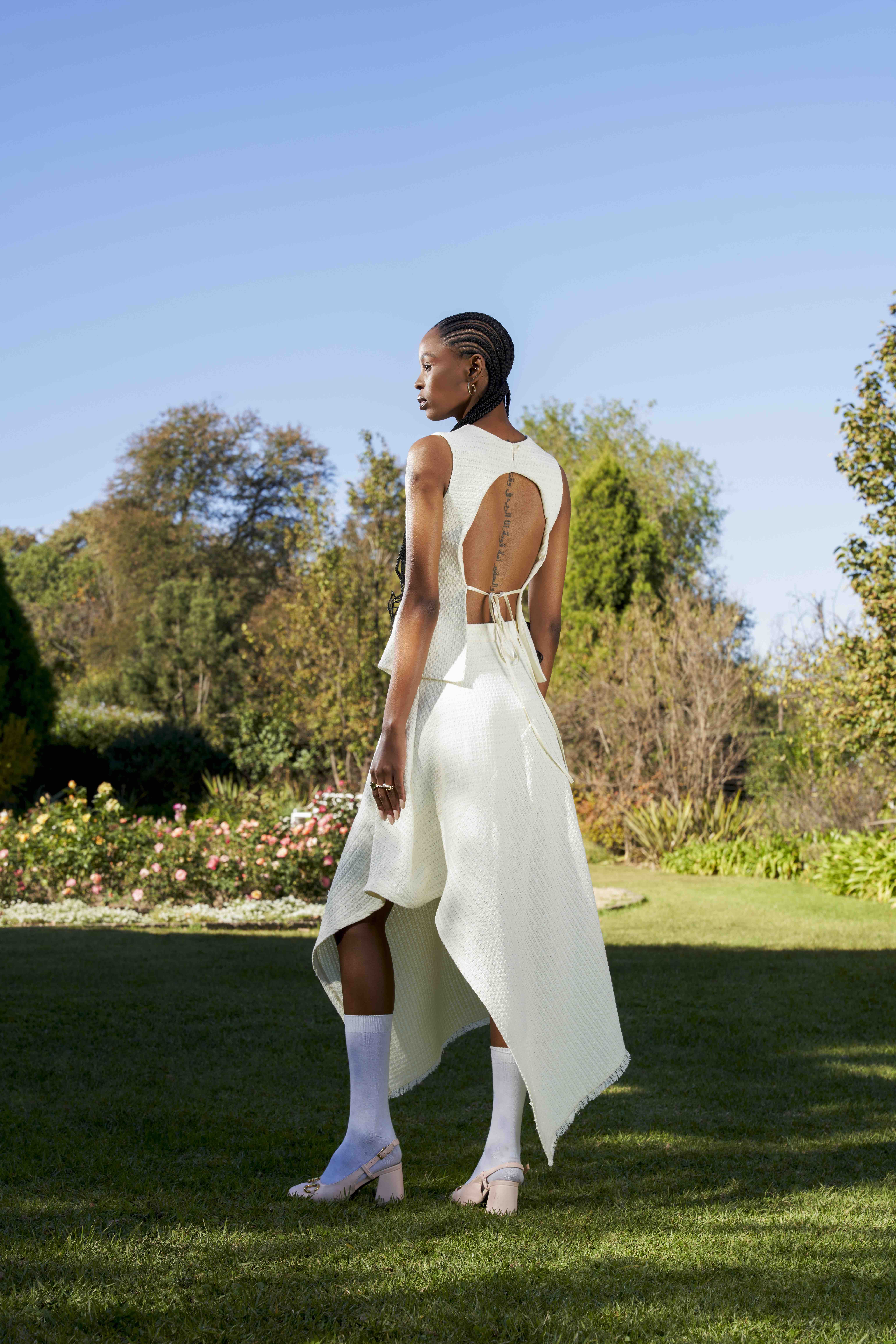
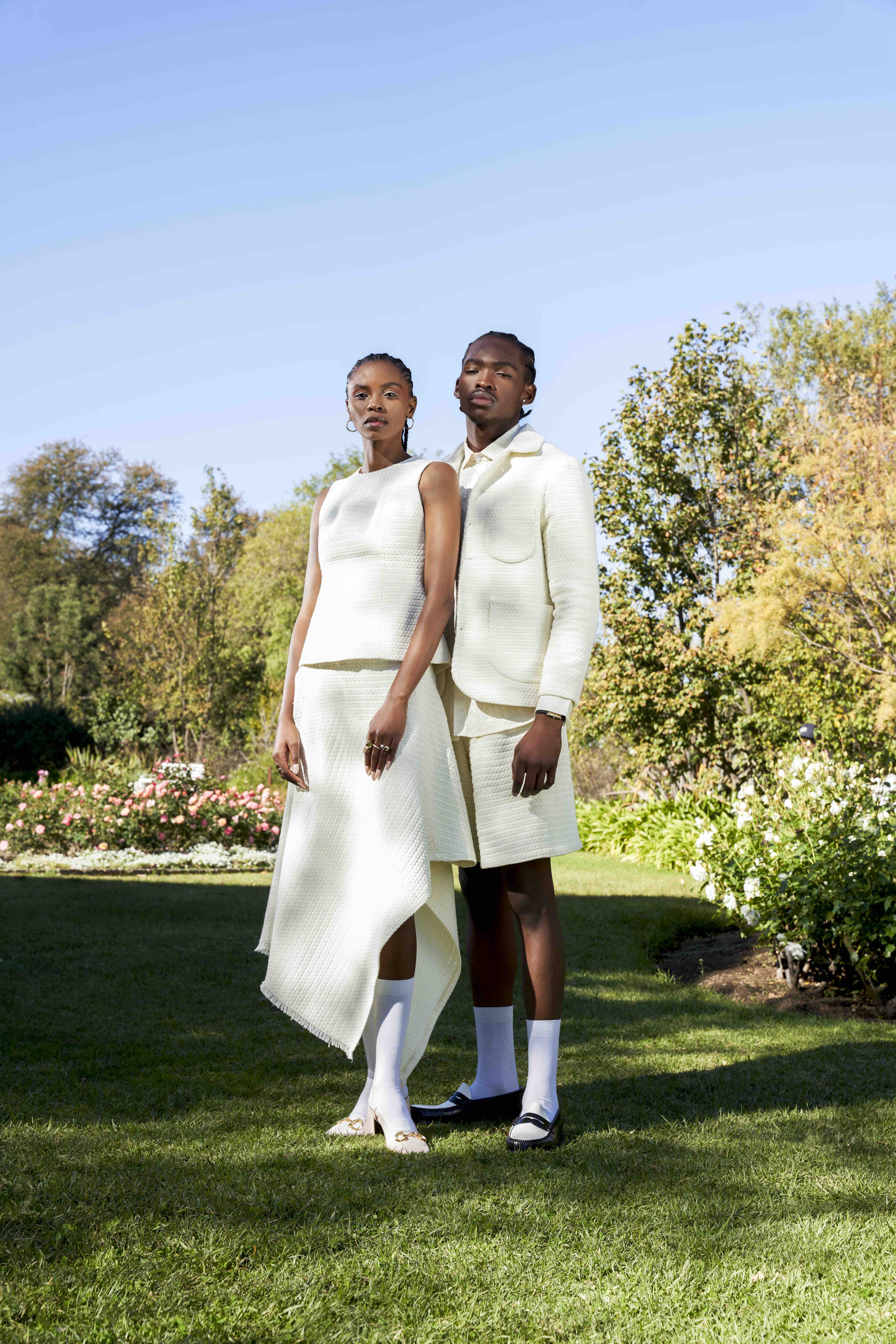
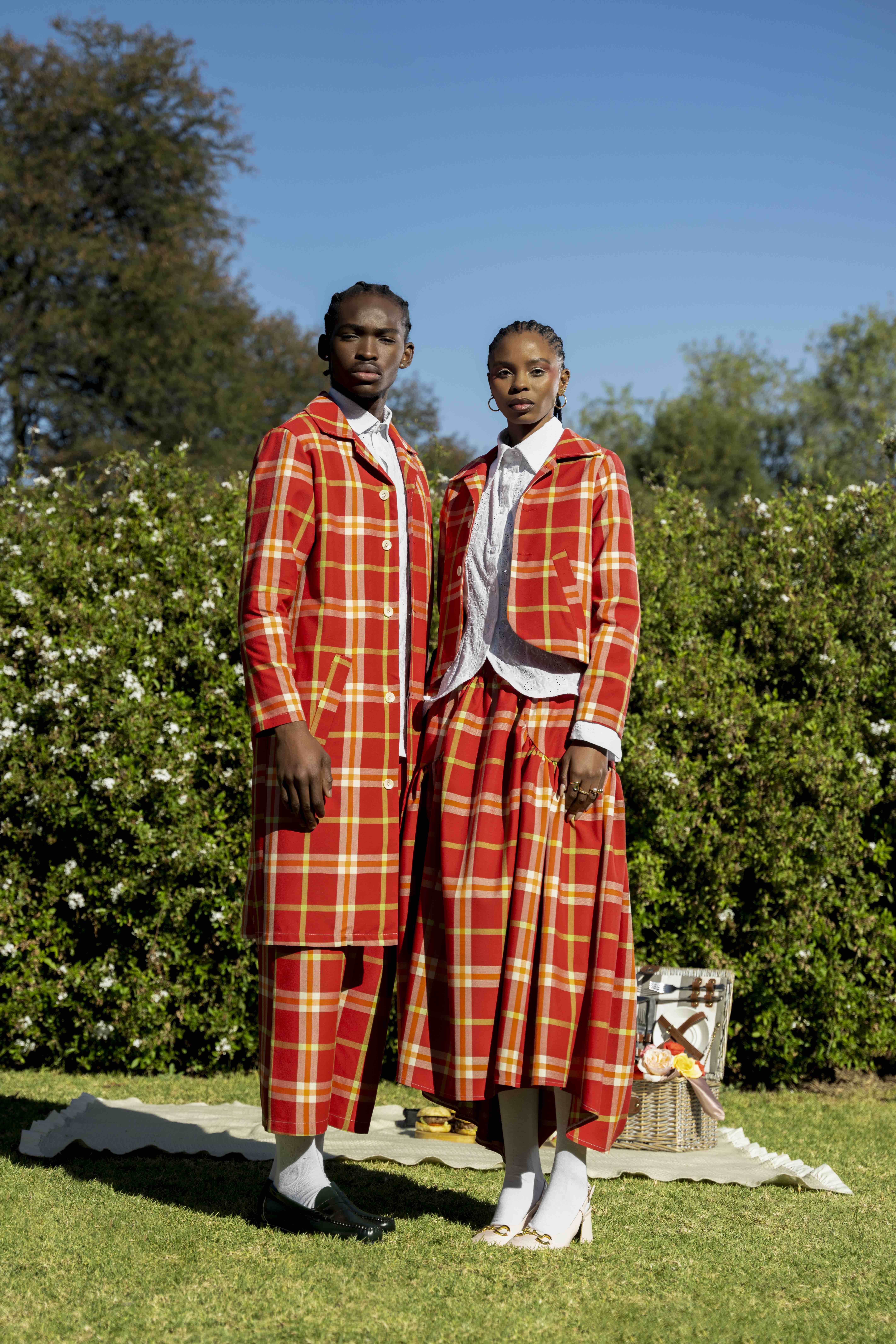
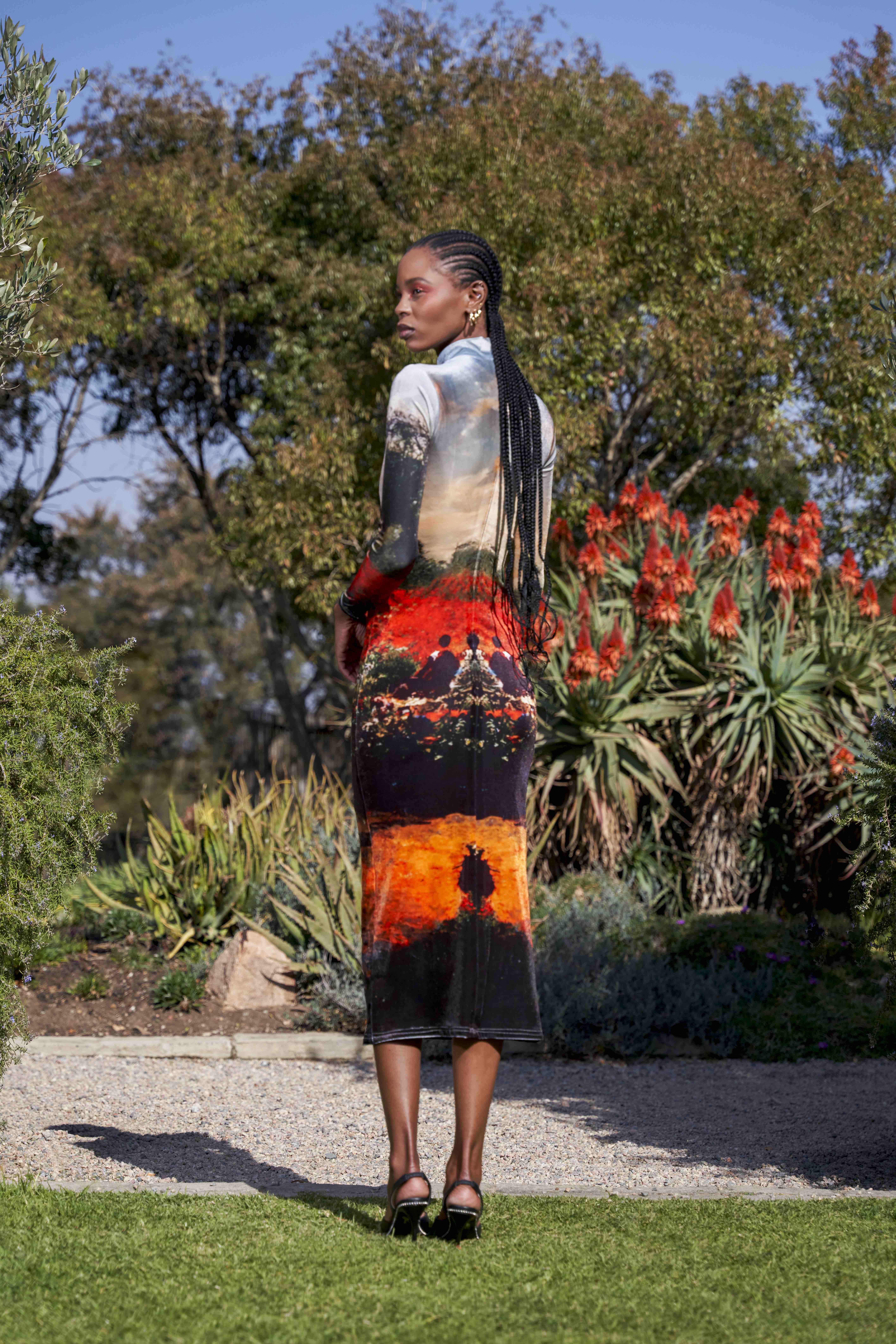


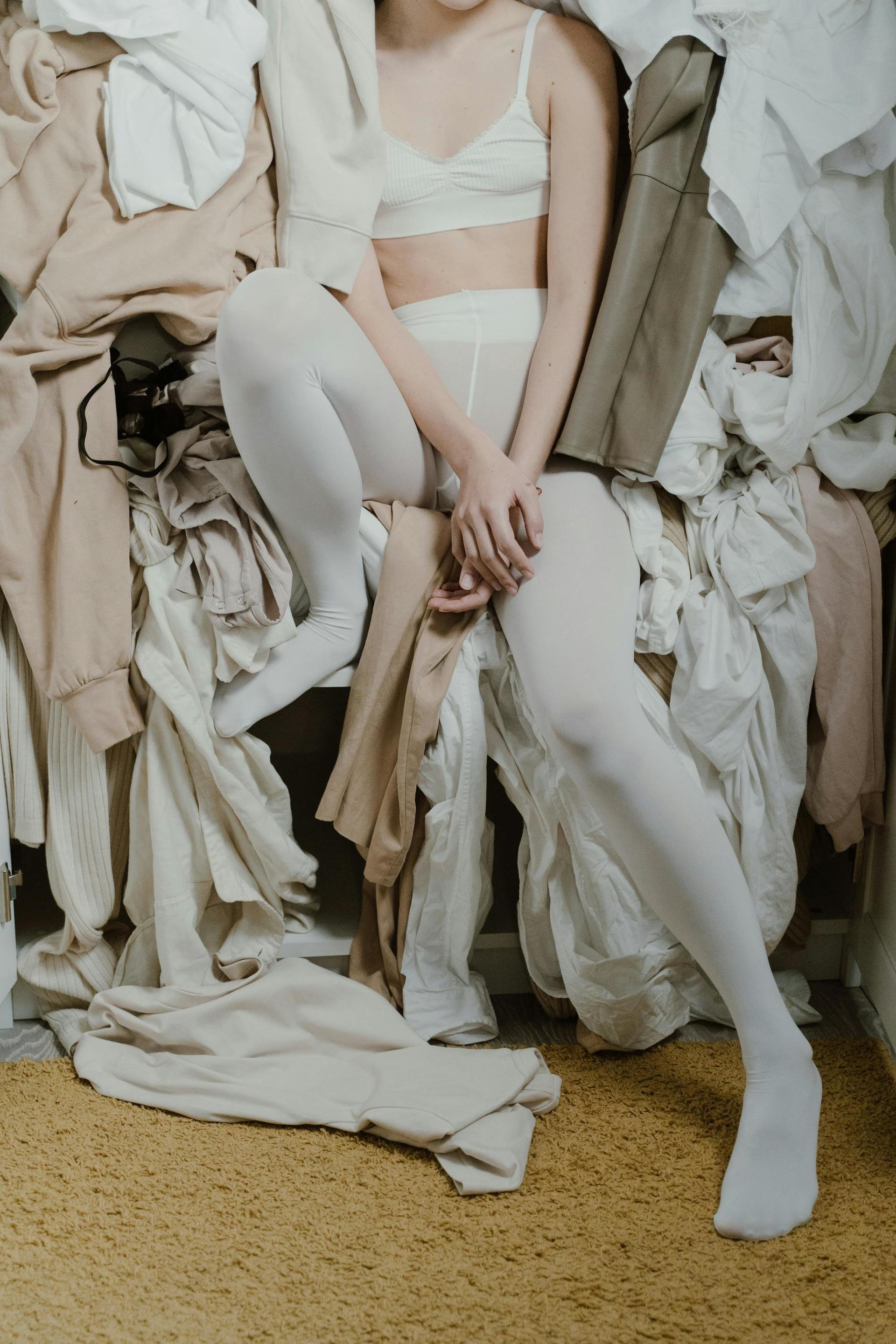
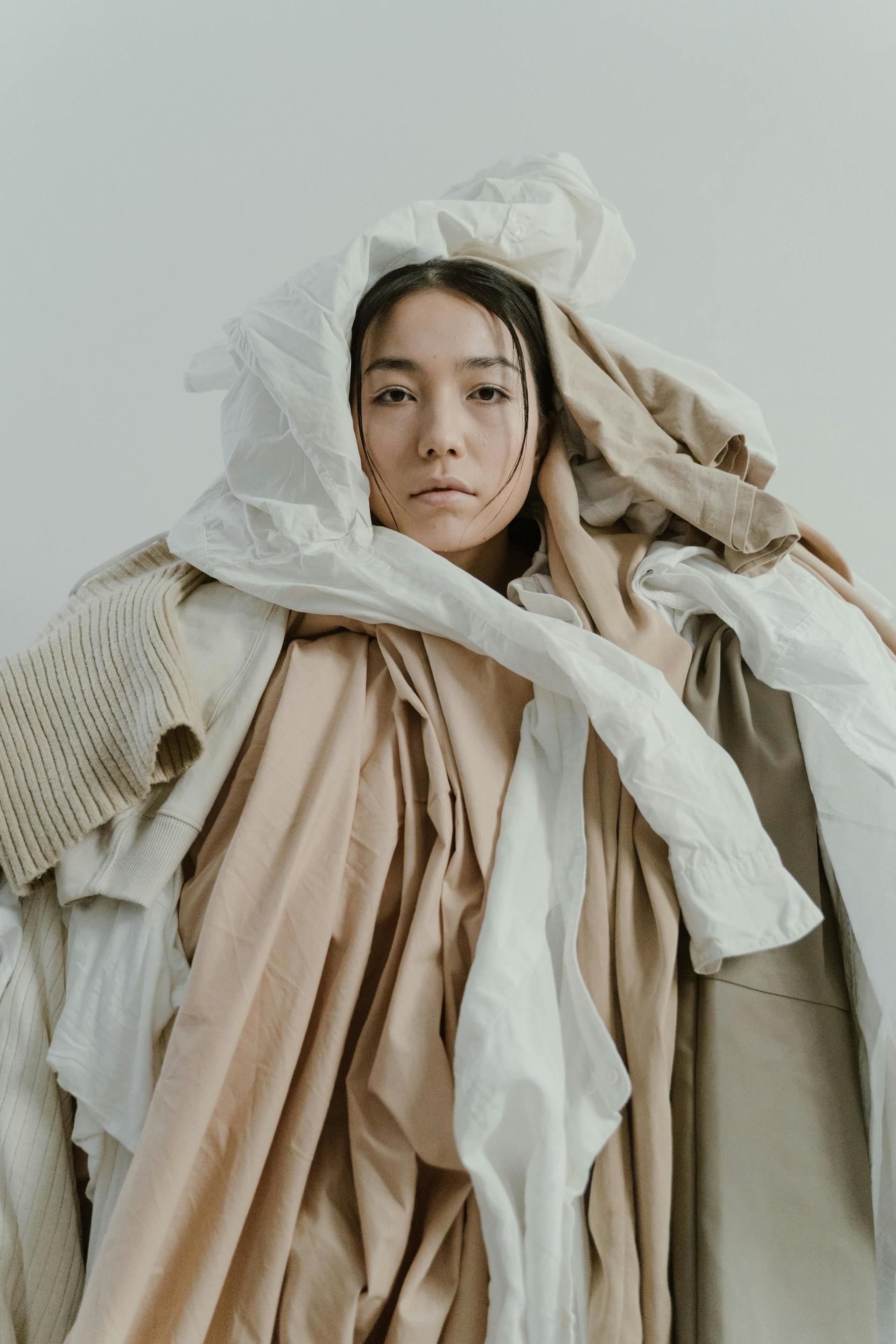


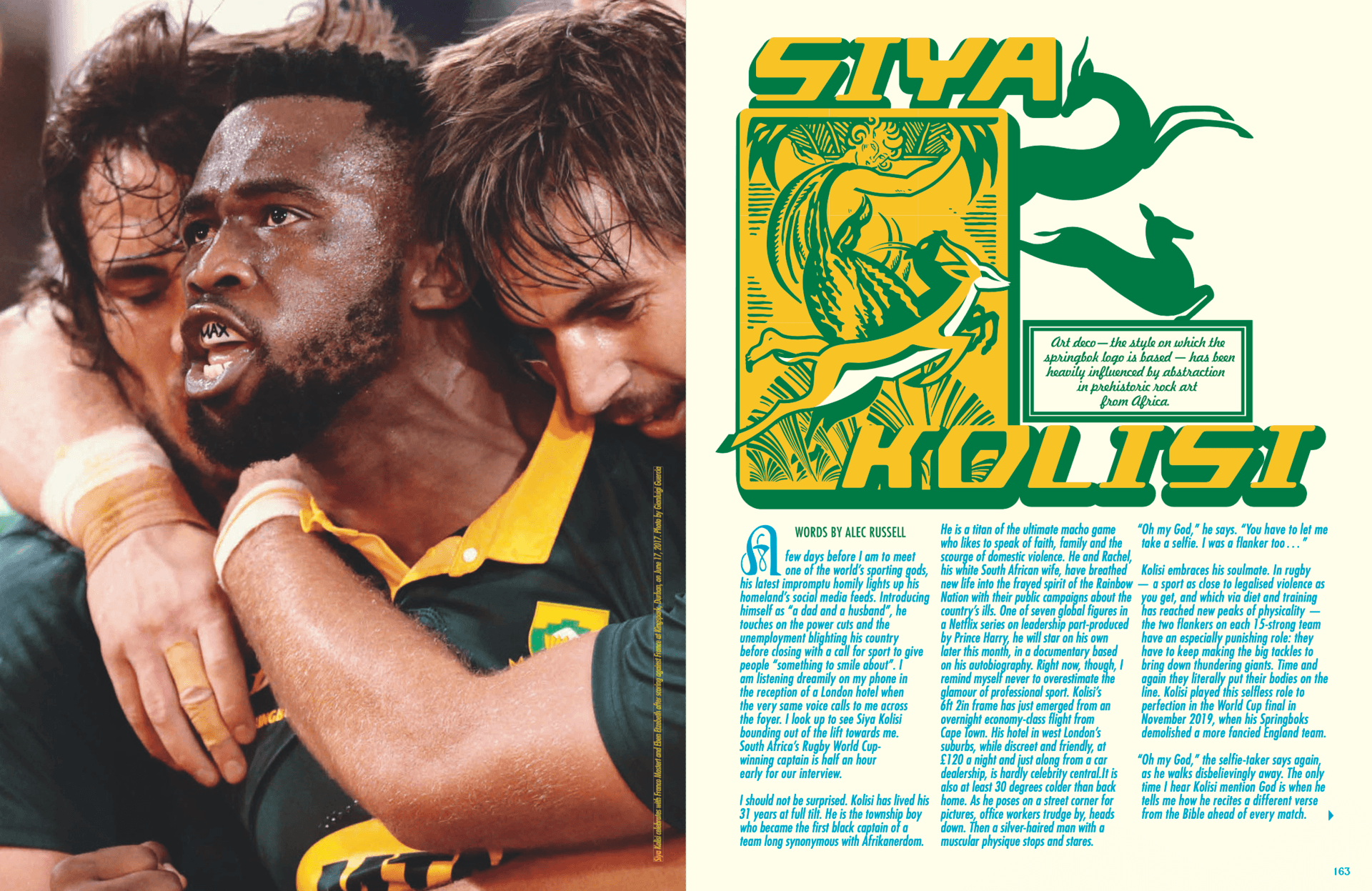
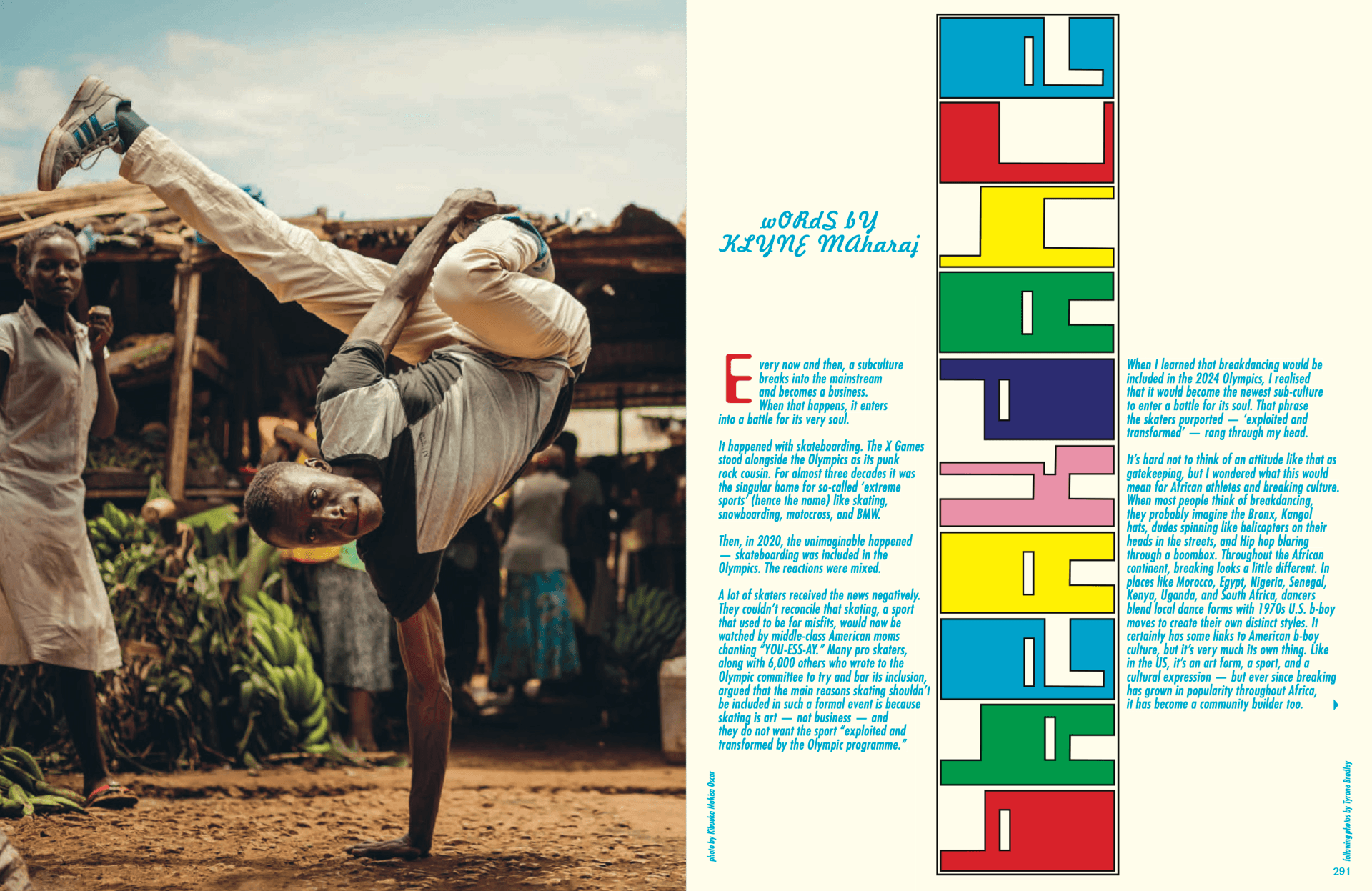



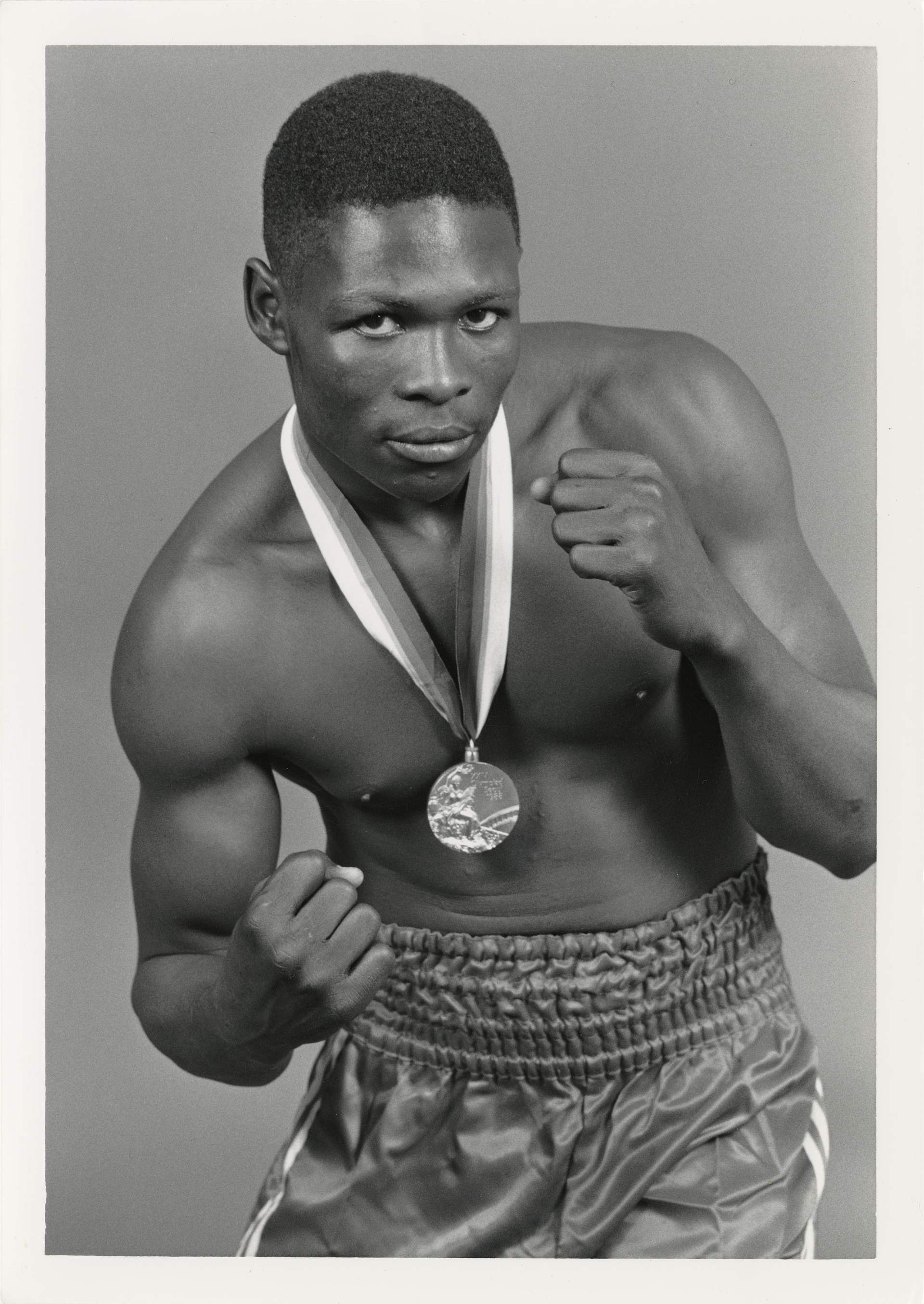
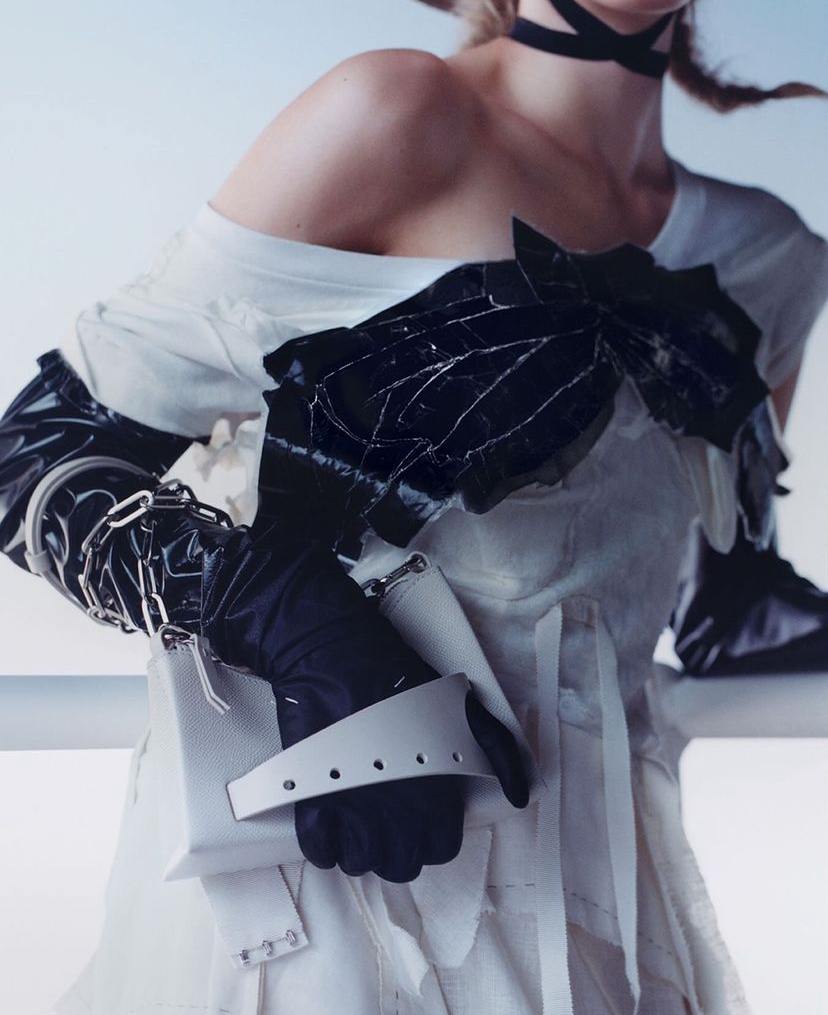
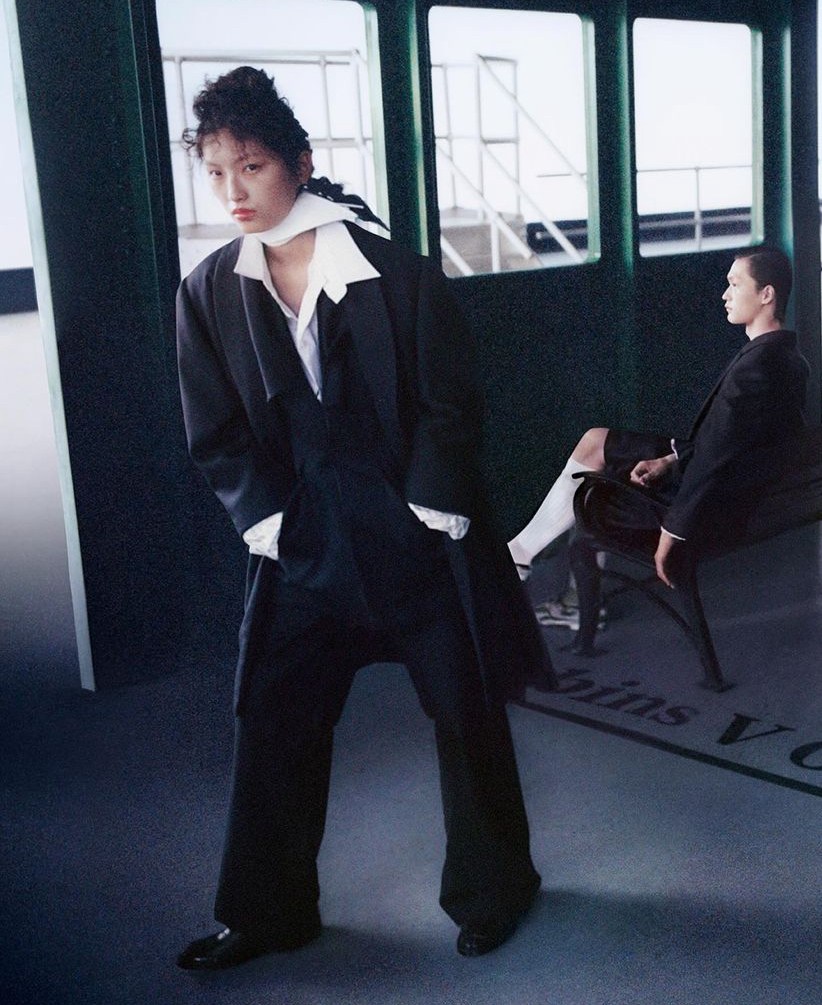
Recent Comments